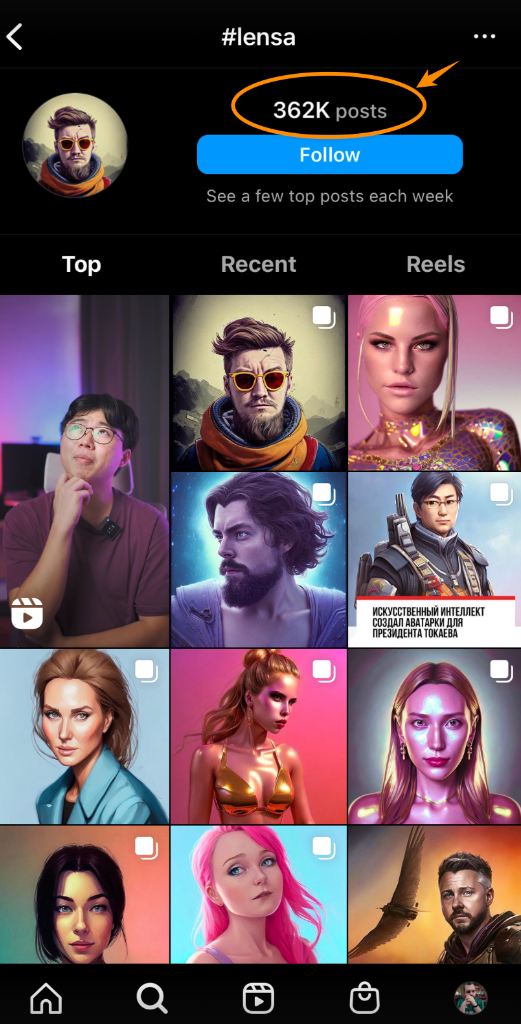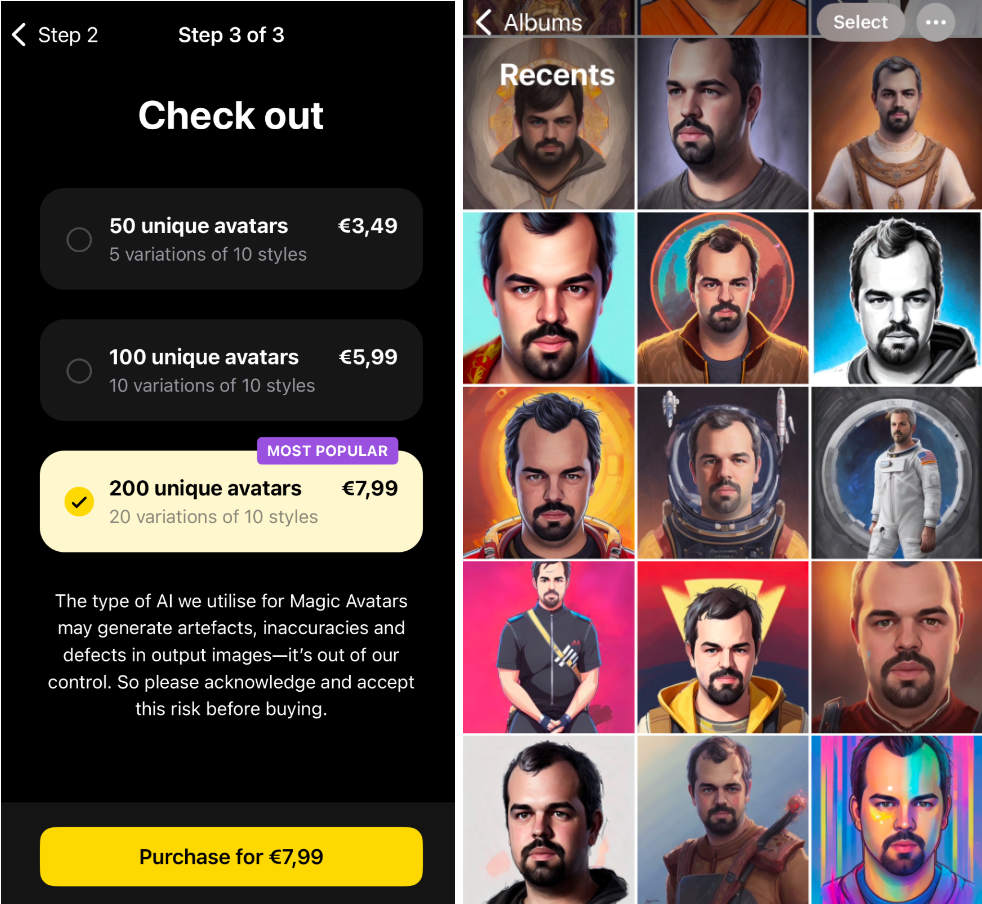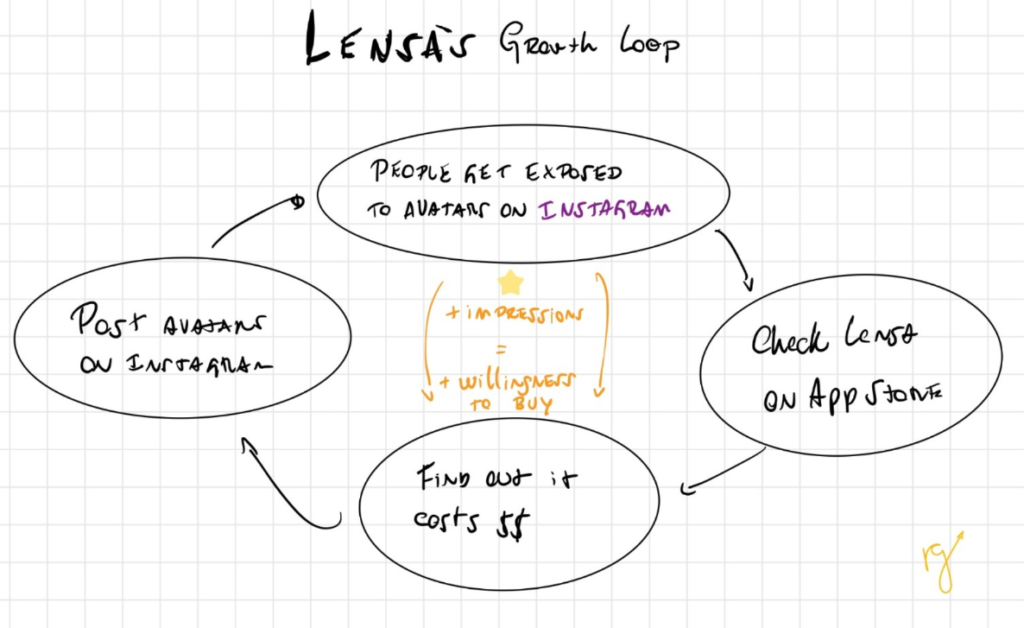Decoding Lensa’s Growth Model; Using “show, don’t tell” for better reporting, and more
Using “show, don’t tell” for better reporting.
This has to be one of my favorite principles of all time because it’s so versatile.
Despite being useful when creating ads, writing content, and designing landing pages, I also discovered how powerful it could be when reporting to executives.
Here are a few examples of reports that raises more questions than answers:
- This year’s Cyber Monday campaign was a success, the best one we’ve ever had!
- Our open rate was 21%, which could be better. We’ll see what we can do to improve it, but it might be just seasonality, so I’m not that worried.
- We’ve got thousands of new TikTok followers this week because of the new video scripts we have been using this month.
Can you spot what’s wrong or missing in the above? They share one thing in common: they’re all based on telling people your opinion on what happened rather than showing the evidence behind it.
Here’s how it could be improved:
- Our Cyber Monday sales were 12% higher this year, leading to $3.2M in revenue (9% against last year). This was due to a higher conversion rate on our checkout page details on this report. Kudos to the team on this one!
- Our open rate last week was 21%, but our average is 25%. I have a couple of hypotheses on why this is happening and will get back to you by Friday with more details.
- Our new TikToks went from 5% to 11% engagement rate. In this analysis, you can see the spikes in followers within 36 hours of each post. Overall, we attracted 42,173 new followers, a 3x increase compared to last month’s period.
The formula is as follows: show numbers, not your judgment on the numbers; link additional studies if you have them; be ok with not having the answer; ask for more time or additional help.
The new kid on the block: Lensa
This week, we saw the rise of Lensa, a 4-year-old app that is now breaking the internet (and flooding everybody’s Instagram feeds) with its AI-generated “Magic Avatars.”
To this day, there are over 362,000 posts with the hashtag #lensa on Instagram:

But there’s something special and unique about this: unlike other growth loops we see out there, this one drives revenue directly, not just acquisition.
That’s because you must pay at least 3,49€ to get your avatars. Yeap, that’s right. People are actually paying to get on this trend. I don’t remember the last time I’ve seen anything like this.

I quickly drew what I believe is their main growth loop at the moment:

Lensa Growth Model
On top of that, their App Store rankings are also snowballing (driven by their number of downloads in a short period) – making their distribution even more powerful. Pretty cool stuff.
📕 Books I’m reading & Tools I’m using
The 48 Laws of Power (PT-BR): The author, Robert Greene, has studied power and its effects for many years and compiled all his knowledge into this book. The 48 Laws of Power is not just a dry, academic treatise on the nature of power. It is written in an easy-to-read style and full of examples from history, biography, and pop culture. Oh, and if you’re bothered by the idea of participating in games for power (or the simple idea of learning about it), maybe you’re exactly the kind of person who should read this book.
Synthesia – AI Video Creation Platform: I’m playing around with it, and I must say I’m impressed. I’m probably bringing an example to this newsletter once I have one to share. For now, I’d recommend exploring it by yourself.